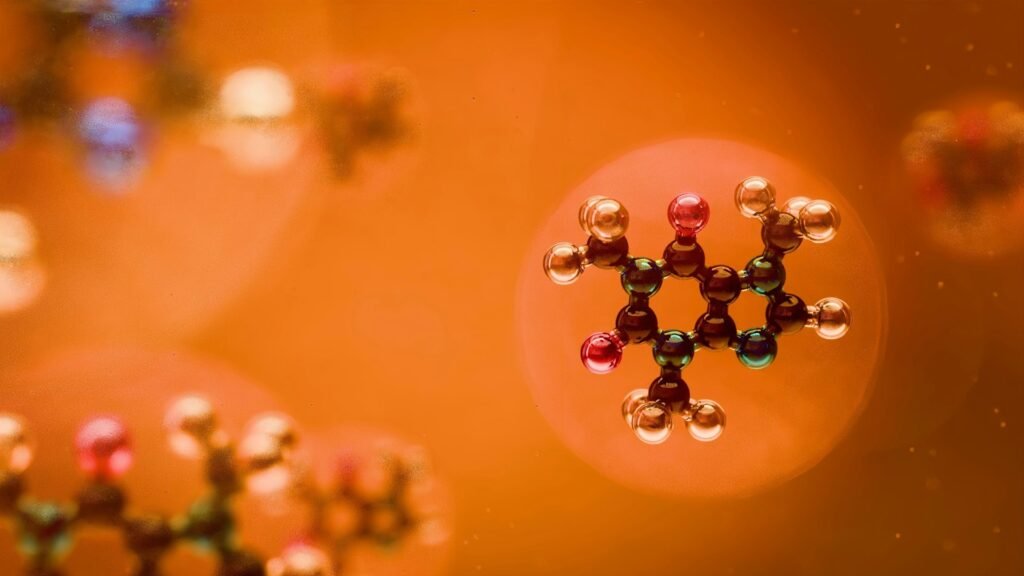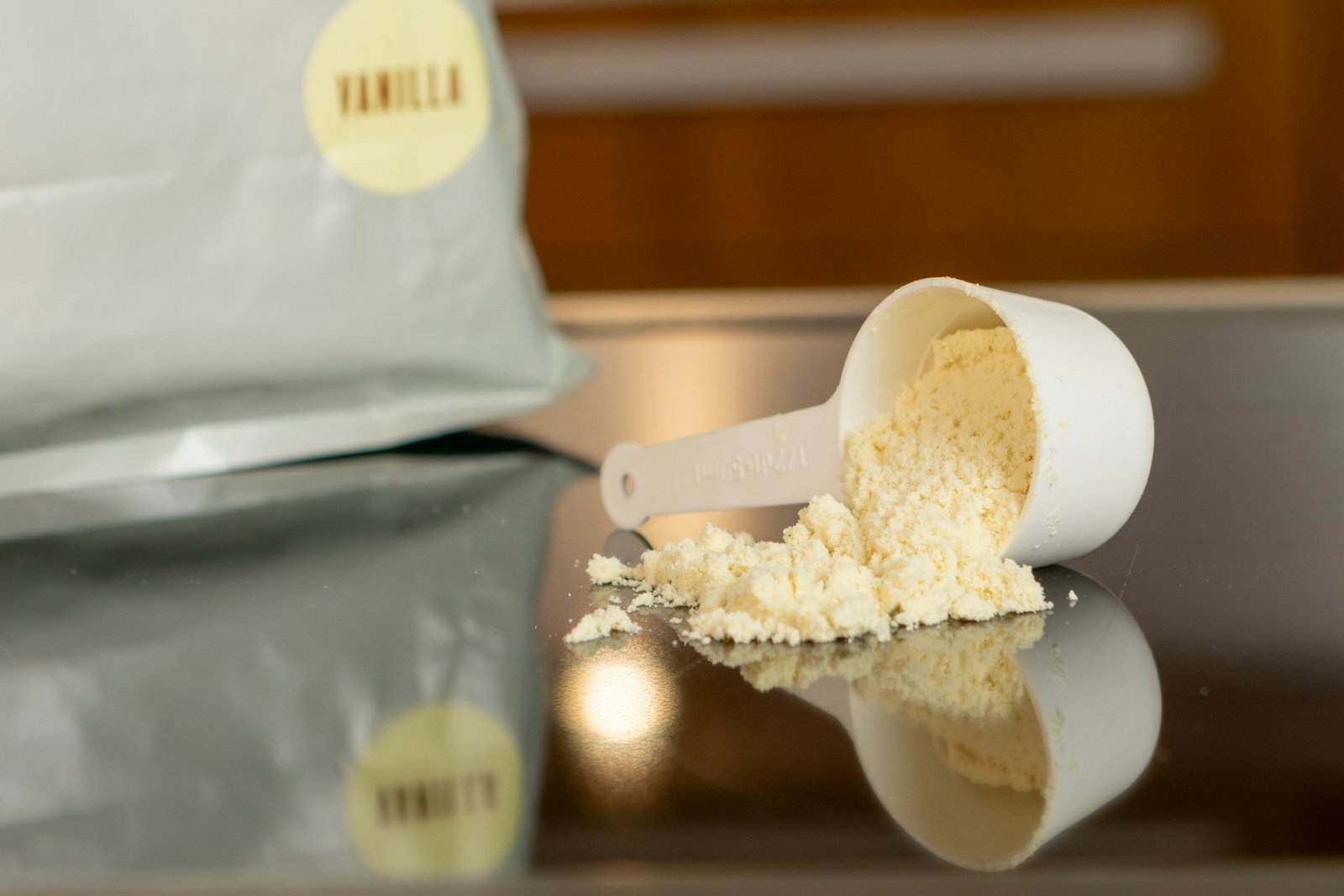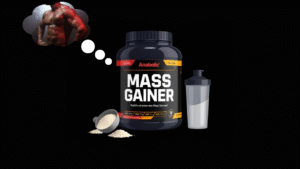Amino acid supplements have become some of the most popular choices in the fitness world, especially for people who train at home and want to maximize recovery, energy, and muscle growth. Two of the most common options are BCAAs (branched-chain amino acids) and EAAs (essential amino acids). While they’re often compared side by side, many lifters and athletes wonder: which one is actually better, and when should you take them?
This guide breaks down the differences, benefits, and potential drawbacks of BCAAs vs EAAs, so you can make an informed choice that supports your training — whether you’re lifting weights in your garage gym, working through a calisthenics routine, or combining cardio and strength sessions at home.
Table of Contents
Understanding Amino Acids

Proteins are made up of amino acids, which are often called the “building blocks of life.” Out of the 20 amino acids your body uses, nine are considered essential — meaning your body cannot produce them on its own, and you must get them from food or supplements.
- BCAAs are a subgroup of three essential amino acids: leucine, isoleucine, and valine. They’re best known for their role in energy production during workouts and stimulating muscle protein synthesis.
- EAAs, on the other hand, include all nine essential amino acids. This makes them more “complete,” since your muscles require the full spectrum to build and repair properly.
Both play a role in fitness and recovery, but the scope of their effects differs.
What Are BCAAs?
BCAAs have long been popular among bodybuilders and athletes because of their direct role in muscle recovery and reducing fatigue. Leucine, in particular, is known for “switching on” muscle protein synthesis, which is essential for muscle repair and growth.
People often take BCAA supplements during workouts or throughout the day to prevent muscle breakdown, especially when training in a fasted state or during calorie restriction. They’re also lighter on digestion, which makes them appealing for athletes who don’t want a heavy supplement sitting in their stomach during training.
However, while BCAAs can help trigger the muscle-building process, they don’t provide all of the amino acids needed to fully complete it. Think of it like having the starter kit for building a house but missing half of the necessary tools.
What Are EAAs?
EAAs go a step further by providing not just leucine, isoleucine, and valine, but also the other six essential amino acids your body requires. This broader profile makes EAAs more effective for supporting complete muscle protein synthesis.
For individuals training at home who may not always get enough high-quality protein from diet, EAA supplements can help cover nutritional gaps. They also provide benefits beyond muscle repair, such as supporting hormone production, immune function, and overall energy metabolism.
Compared to BCAAs, EAAs tend to offer a more comprehensive effect, though they are often slightly more expensive.
Pricing and Value Considerations
In most cases, BCAAs are cheaper per serving than EAAs. But since EAAs provide the full amino acid profile, many argue they give better overall value. If you already take a protein shake daily, you might not notice a huge difference with EAAs, but if you rely heavily on supplements for your nutrition, the investment in EAAs could pay off more.
Disclosure: We may earn a commission from links mentioned in this post, at no extra cost to you. We only recommend products we trust
Comparing BCAAs vs EAAs
When comparing the two, it helps to look at their functions side by side:
- Muscle Growth: EAAs generally have the edge since they contain the full spectrum of essential amino acids required to actually build new muscle tissue.
- Workout Energy and Fatigue Reduction: BCAAs are especially effective here, as they can be quickly used for energy and may delay fatigue during long or intense workouts.
- Recovery: Both can support recovery, but EAAs are better suited for complete repair, while BCAAs mainly help preserve existing muscle.
- Dietary Support: If your protein intake is already high (for example, you eat plenty of chicken, fish, eggs, or whey protein), BCAAs may be enough. If your diet sometimes lacks protein variety, EAAs can fill in the gaps.
Which Supplement Should You Choose?
The choice between BCAAs and EAAs often comes down to your personal situation and goals.
If you’re on a tight budget, already getting plenty of protein in your meals, and mainly want a supplement to help with energy during workouts, BCAAs may make sense. They’re usually cheaper, easy to sip during training, and can reduce fatigue so you push harder in your sessions.
If your goal is building lean muscle at home and you know your diet isn’t always perfect, EAAs are the stronger option. They cover the full amino acid profile your body needs for growth and recovery, making them more versatile and effective in the long term.
Some athletes even use both strategically — BCAAs during a fasted morning workout for energy, and EAAs later in the day to support recovery and growth.
Practical Tips for Home Fitness Enthusiasts
For home fitness fans, supplements should be seen as an addition to — not a replacement for — a solid nutrition plan. Focus first on meeting your protein needs from whole foods or high-quality protein powders. Then, consider adding BCAAs or EAAs based on your routine.
Some fitness enthusiasts also explore collagen supplements for added protein and recovery, which we cover in our Bovine Collagen vs Marine Collagen guide.”
For example, if you train early in the morning before breakfast, sipping BCAAs can help reduce muscle breakdown. But if your workouts are more intense strength sessions and you’re aiming to build muscle, EAAs provide the extra support your body will thank you for.
Final Thoughts
When it comes to BCAAs vs EAAs, there isn’t a one-size-fits-all answer. Both have their place in a home fitness routine, depending on your diet, goals, and budget. BCAAs are a solid choice for reducing fatigue and preserving muscle during workouts, while EAAs deliver more complete support for muscle growth and recovery.
If you’re looking for a supplement that covers all bases, EAAs are generally the better investment. But if you already eat plenty of protein and just want an intra-workout boost, BCAAs can do the job.
Either way, both can complement your training at home and help you stay consistent with your fitness goals.







